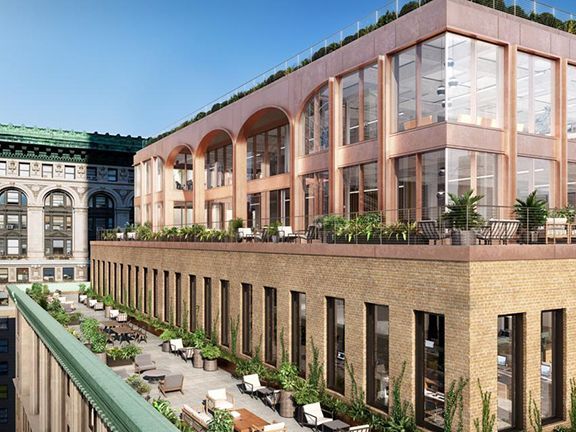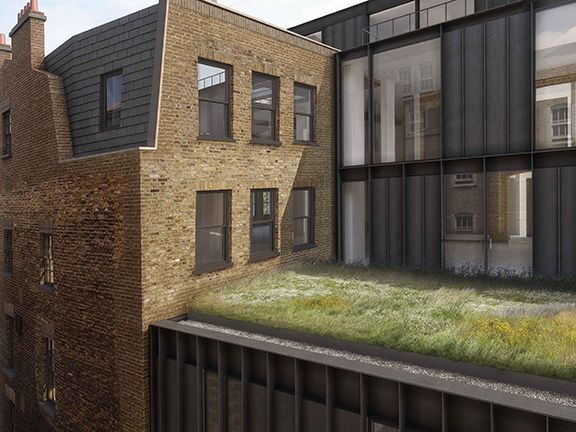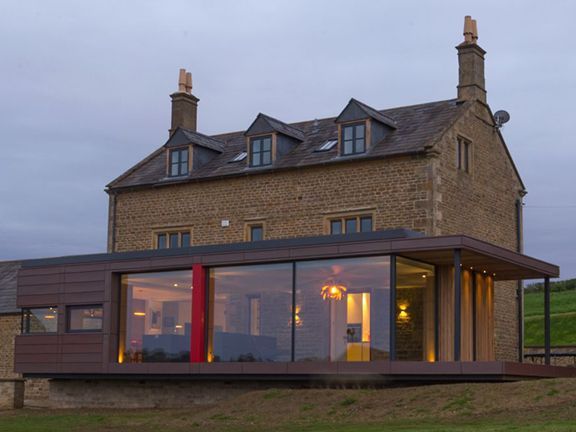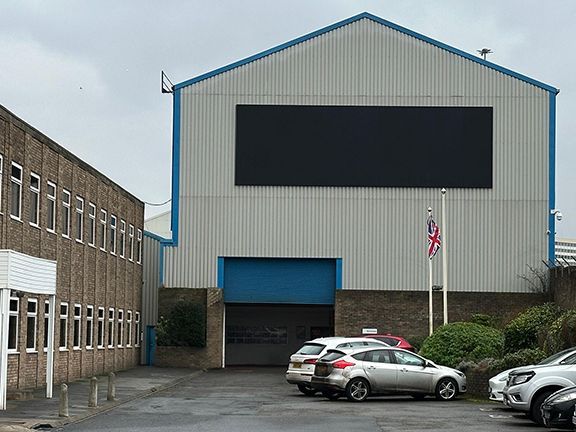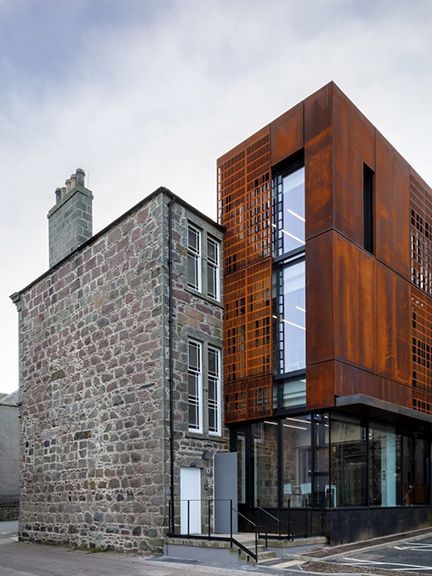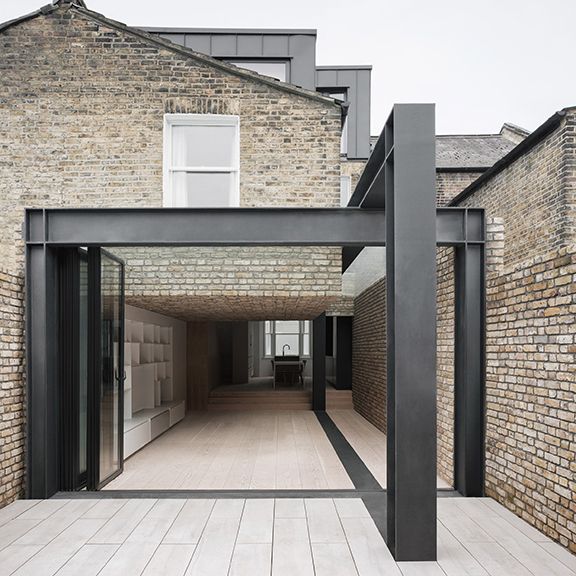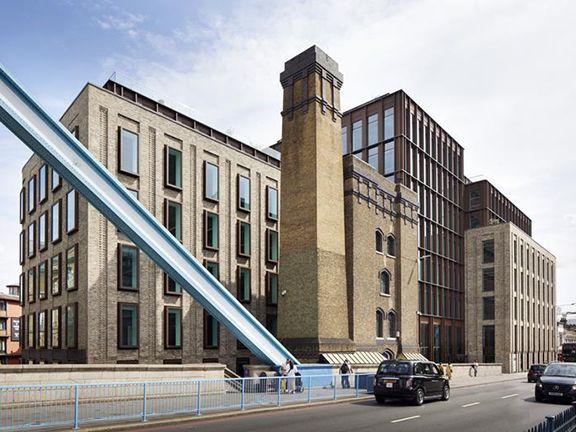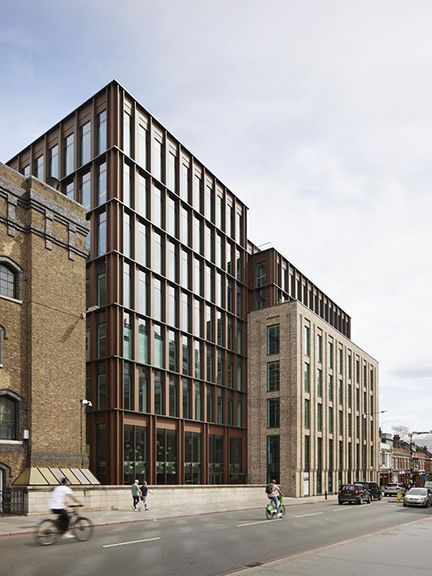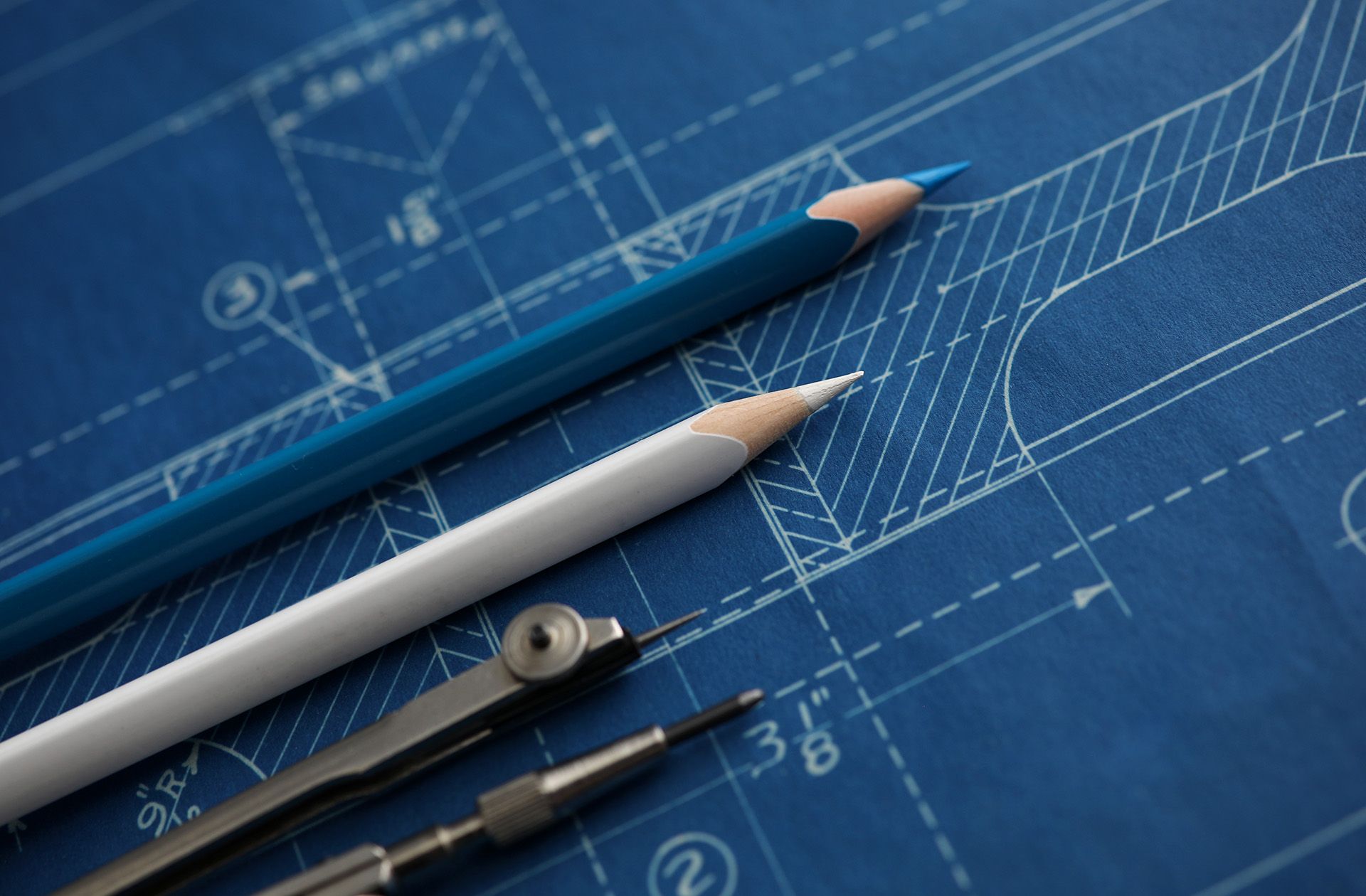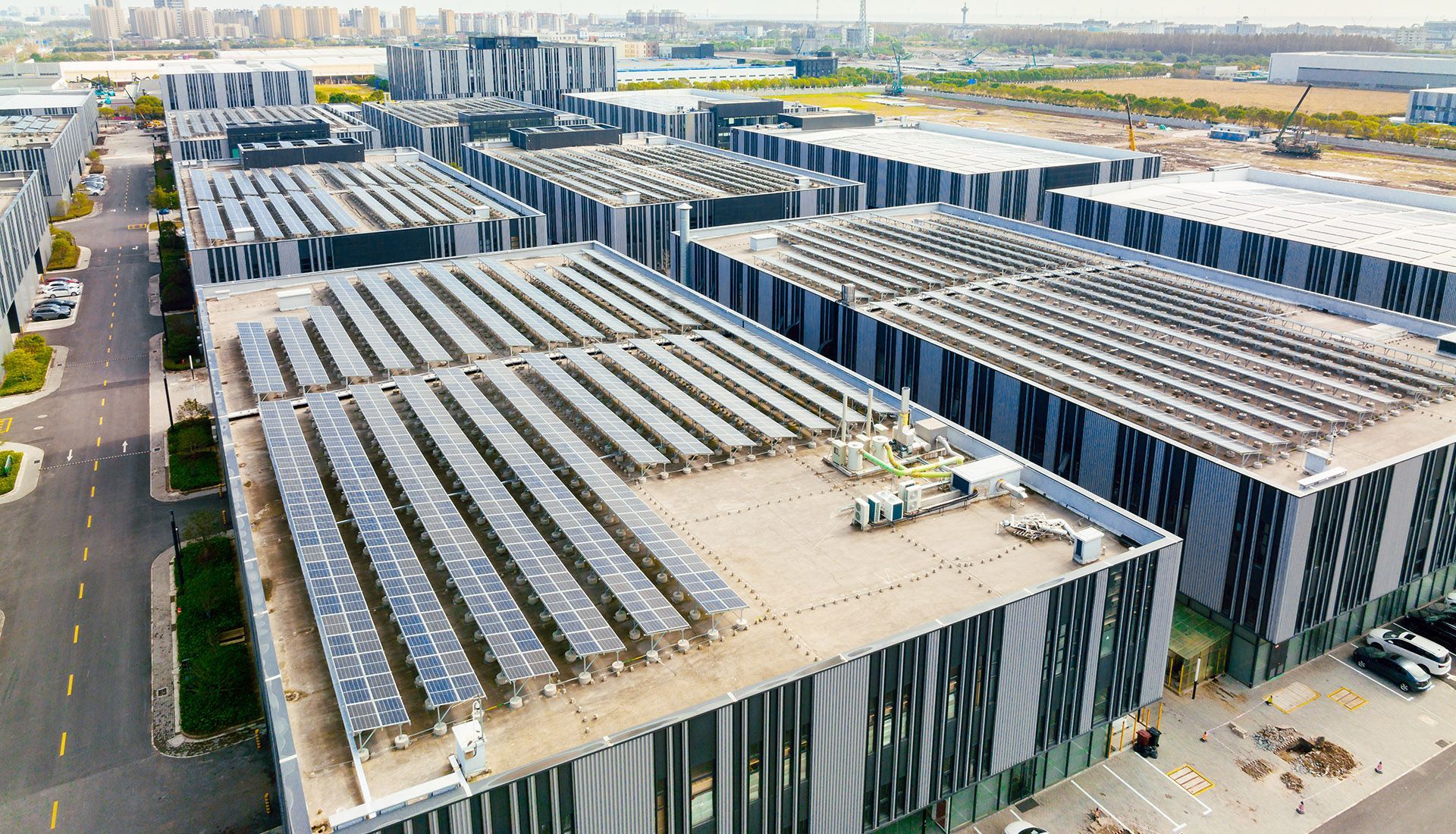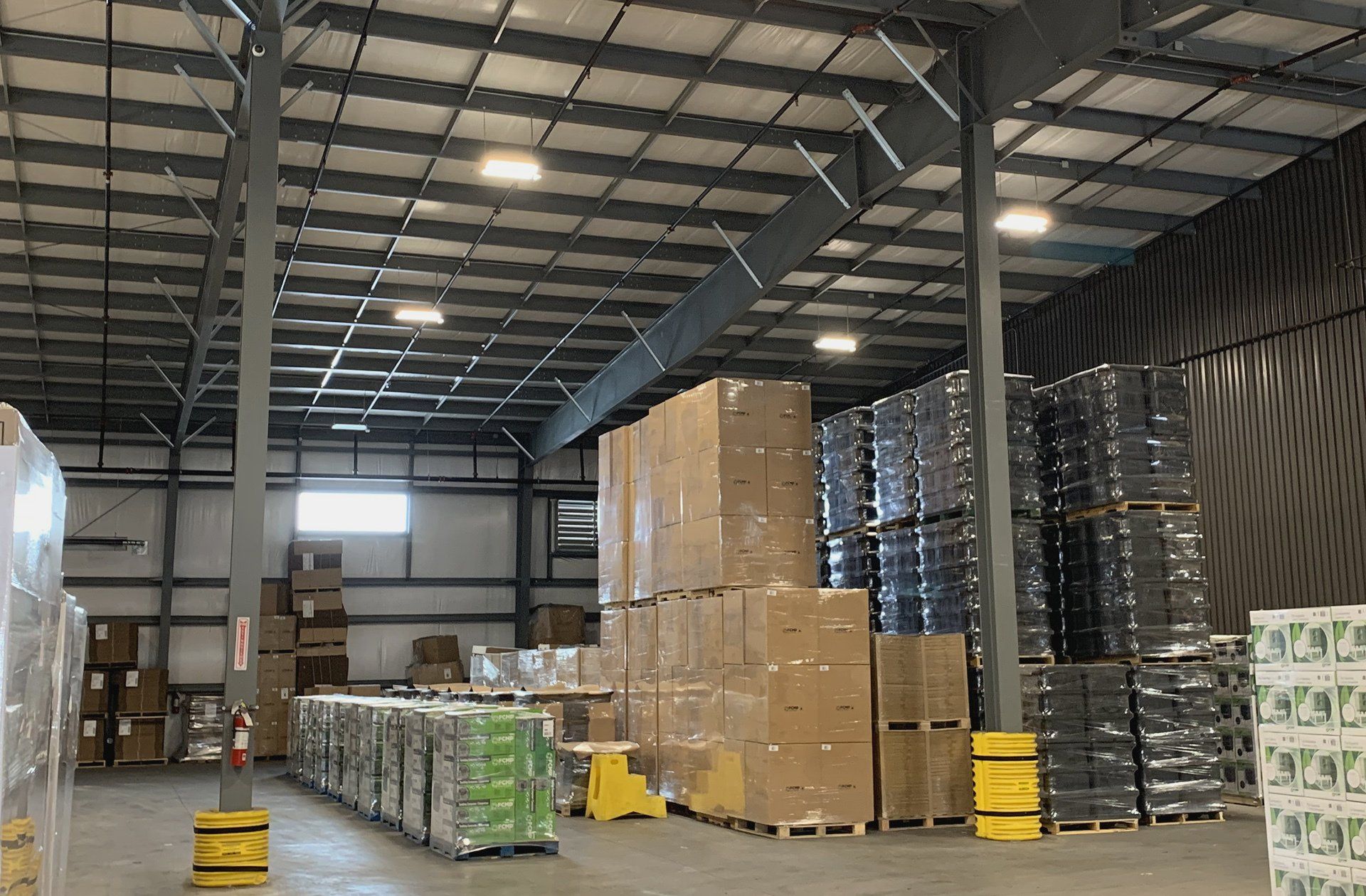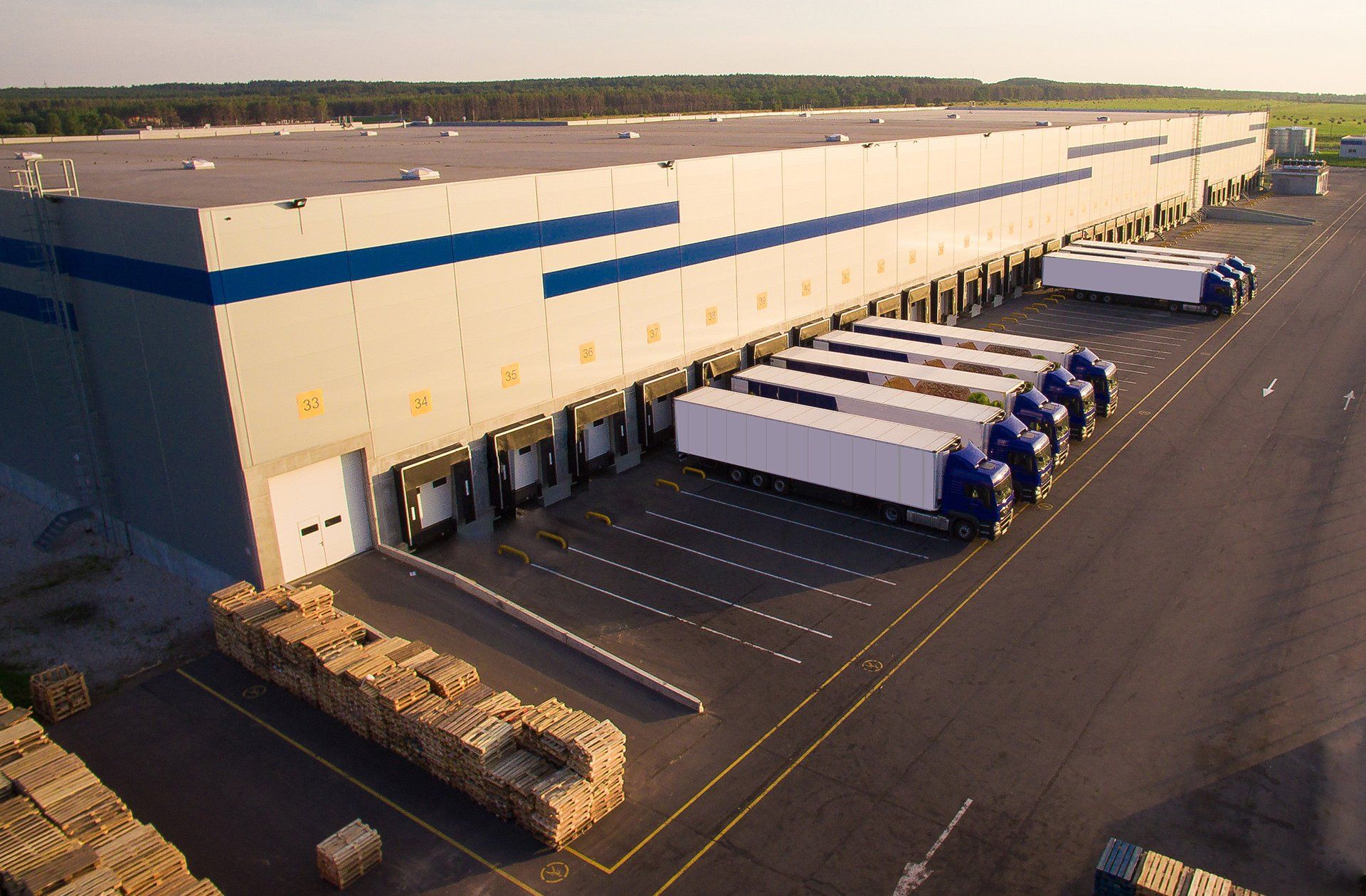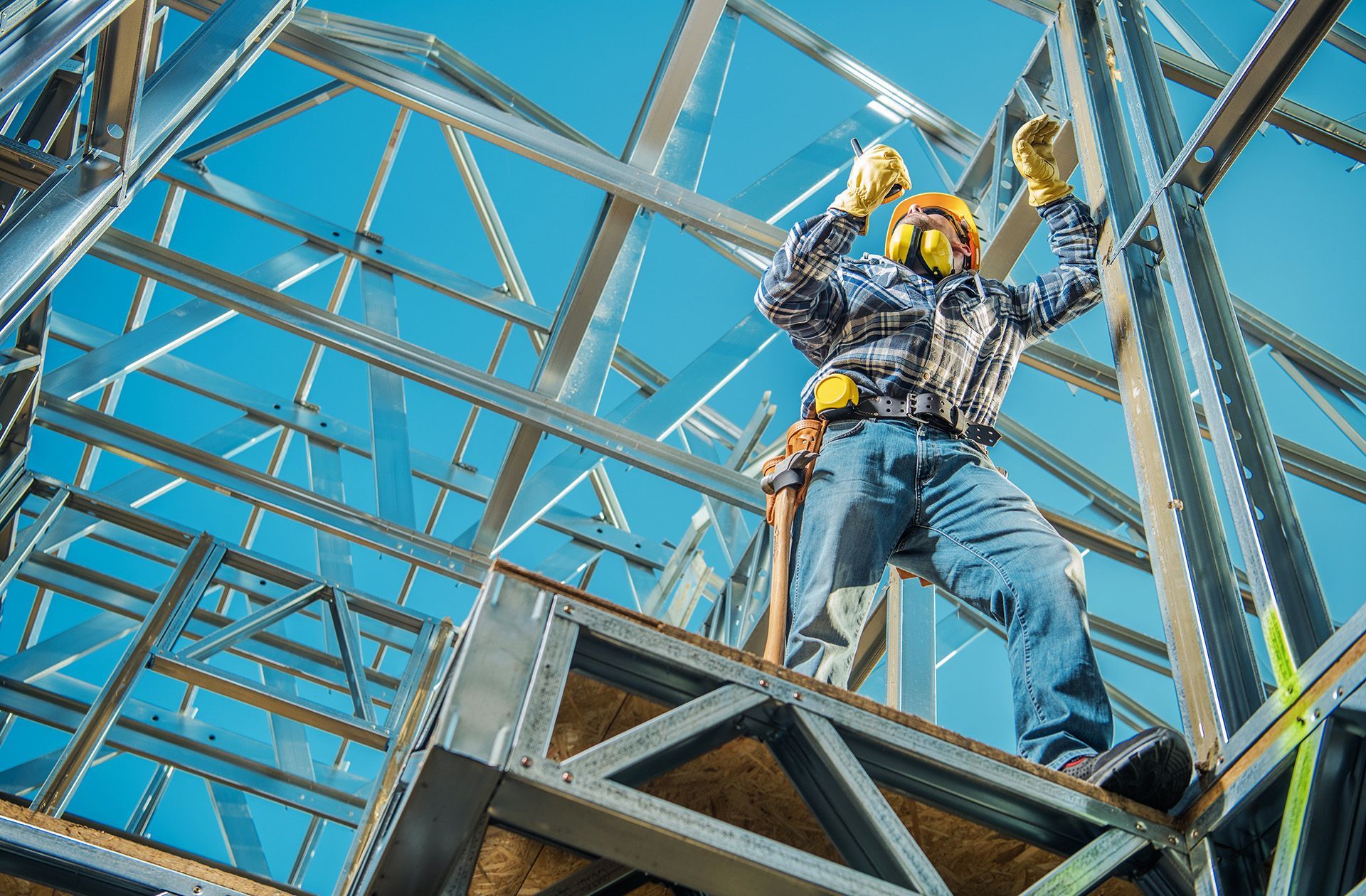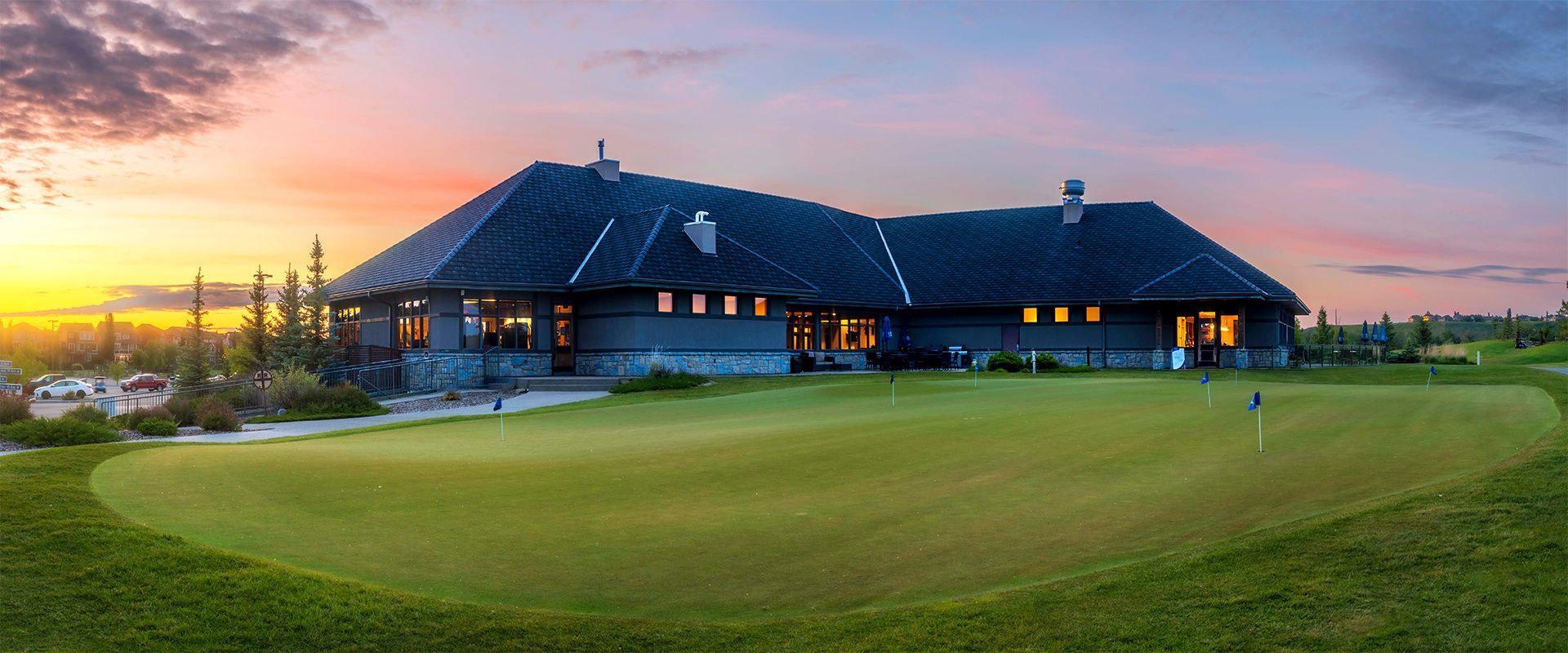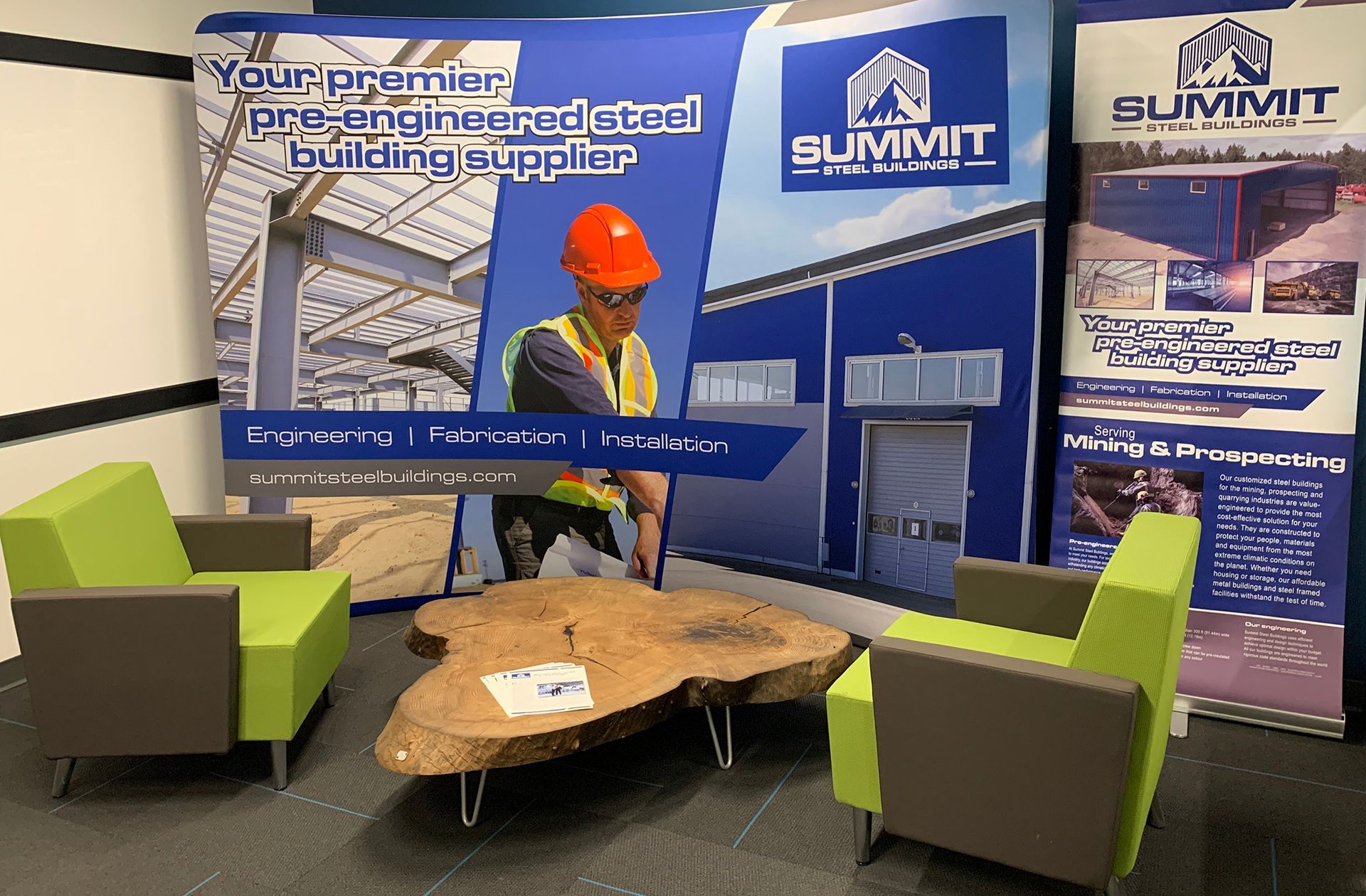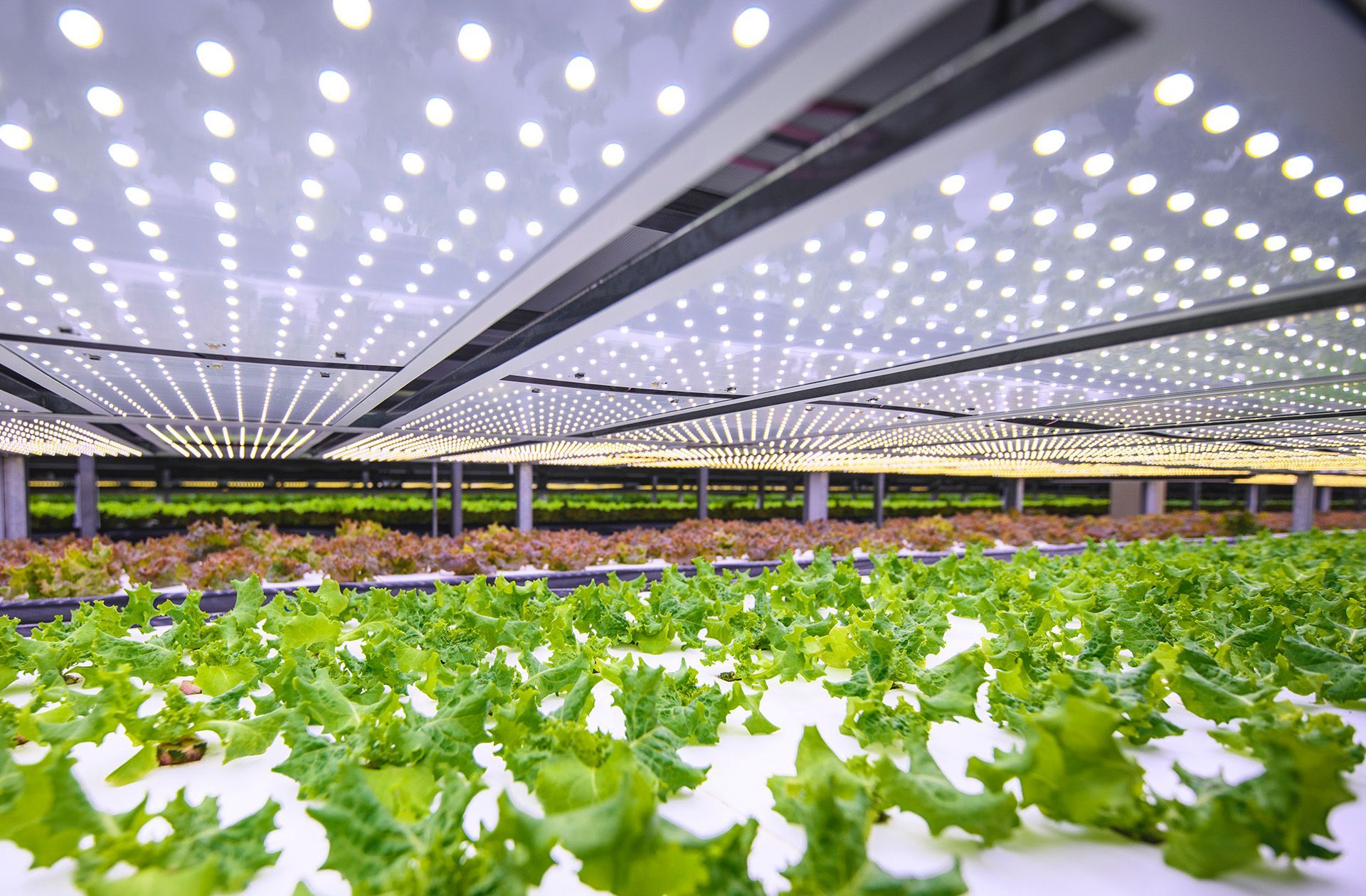Revitalizing heritage buildings: Steel extensions bridge past and future
By
Darren Sperling
We live in an era where real estate development is meeting demands for preservation. Property owners face a common dilemma: how to modernize aging brick structures without sacrificing their historical character. The answer lies in an innovative approach that combines the timeless appeal of traditional masonry with the efficiency and durability of pre-engineered steel building systems.
The challenge of aging infrastructure
Heritage and older brick buildings across North America are reaching a critical juncture. For example, a recent climate vulnerability assessment conducted by the City of Edmonton revealed that 39% of municipal buildings – 343 out of 884 structures – require immediate action due to their high-risk profile, age and deteriorating condition. These buildings face mounting threats from wildfire smoke, intense rainfall, heavy snowfall, extreme temperatures and the increasingly common freeze-thaw cycles that compromise structural integrity.
The financial implications are equally concerning. Property owners are experiencing rising insurance premiums, increased maintenance costs and the looming prospect of complete reconstruction – a scenario that eliminates both the building's heritage value and involves a significant capital investment.
Steel extensions are the strategic solution
Pre-engineered steel building systems offer an elegant solution that addresses both preservation and modernization needs. Rather than demolishing and rebuilding, property owners can seamlessly integrate steel extensions to the side or back of existing brick structures, creating additional space while maintaining internal connectivity through shared and secure entrances.
This approach delivers immediate benefits:
- Enhanced operational capacity – Additional square footage translates directly into increased potential for productivity. Whether expanding manufacturing space, office areas or retail environments, the extra room enables businesses to accommodate growth without having to relocate. The psychological and practical benefits of expanded working space contribute to improved employee satisfaction and operational efficiency.
- Climate resilience – Steel structures provide superior protection against the environmental hazards that threaten older buildings. With excellent fire resistance properties, steel extensions reduce overall insurance premiums while protecting against wildfire risks. The engineered design also handles extreme weather conditions more effectively than aging masonry, providing long-term protection for the entire property.
- Architectural harmony – The combination of traditional brick facades with sophisticated steel and glass extensions creates a striking design statement. This contrast between historical and contemporary elements highlights the building's heritage while demonstrating forward-thinking modernization. The approach has been successfully demonstrated in projects like the soundstage additions at Big Sky Studios in Winnipeg, where rapid construction met urgent project needs.
Environmental and economic benefits
Reskinning Steel extensions represent a sustainable approach to building modernization by preserving existing structures rather than demolishing them. This preservation significantly reduces lifecycle emissions compared to complete reconstruction. Additionally, the construction process can integrate modern energy-efficient systems that improve the building's overall performance.
The economic advantages are equally compelling. Steel extensions can be constructed more rapidly than traditional building methods, reducing disruption to ongoing operations. The lower insurance premiums associated with steel construction, combined with reduced maintenance requirements, create long-term cost savings that often justify the initial investment within a few years.
Recent retrofitting of a brick office building in London, UK that includes 40 tonnes of steel from the 1930s. Around 20% of the steel used for the 12,000sq m project was repurposed, with the remaining steel framing containing at least 56% recycled content. See the profile.
A popular architectural trend
Using steel expansion systems modernize heritage buildings represents a growing trend in architectural design. Property owners get a way to revitalize historical structures while respecting their heritage and adapting them to modern operational needs. The approach is recognized in architectural circles for its ability to create functional, beautiful spaces that honor the past while embracing the future.
For property owners facing the challenge of aging brick structures, steel extensions provide a practical, cost-effective solution that delivers immediate benefits while protecting long-term value. Rather than viewing heritage buildings as limitations, this approach transforms them into opportunities for innovative design, enhanced functionality and increased property value.
The marriage of traditional masonry with modern steel engineering creates more than just additional space – it creates a statement about the possibility of honoring history while embracing progress. When sustainable development and heritage preservation are increasingly important, steel extensions offer the best and most affordable path forward.
Contact us about extending the life of your building investment through steel additions. Speak with Darren Sperling by telephone at 877-417-8335 or contact us online and he’ll be happy to provide you with a free consultation and quote. We'll also be happy to provide you with preliminary drawings.
About the author
Darren Sperling has specialized in the engineering and delivery of pre-engineered steel buildings for over 20 years and has experience in over 20 countries worldwide. He can be contacted at Summit Steel Buildings at (877) 417-8335, by email at darren.sperling@summitsteelbuildings.com or on LinkedIn.


